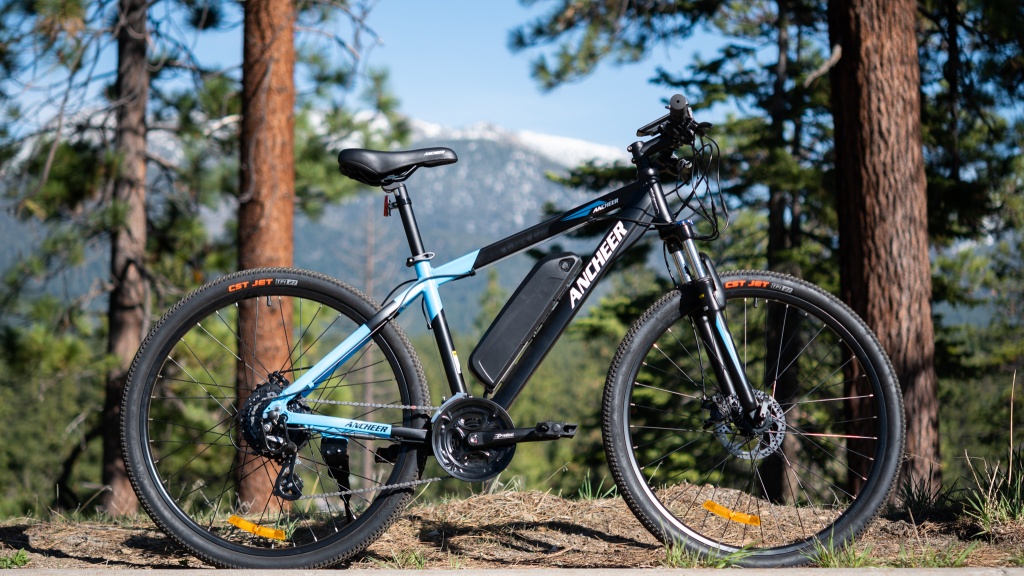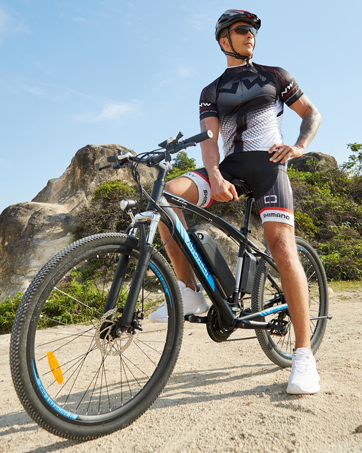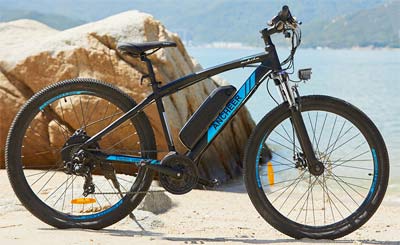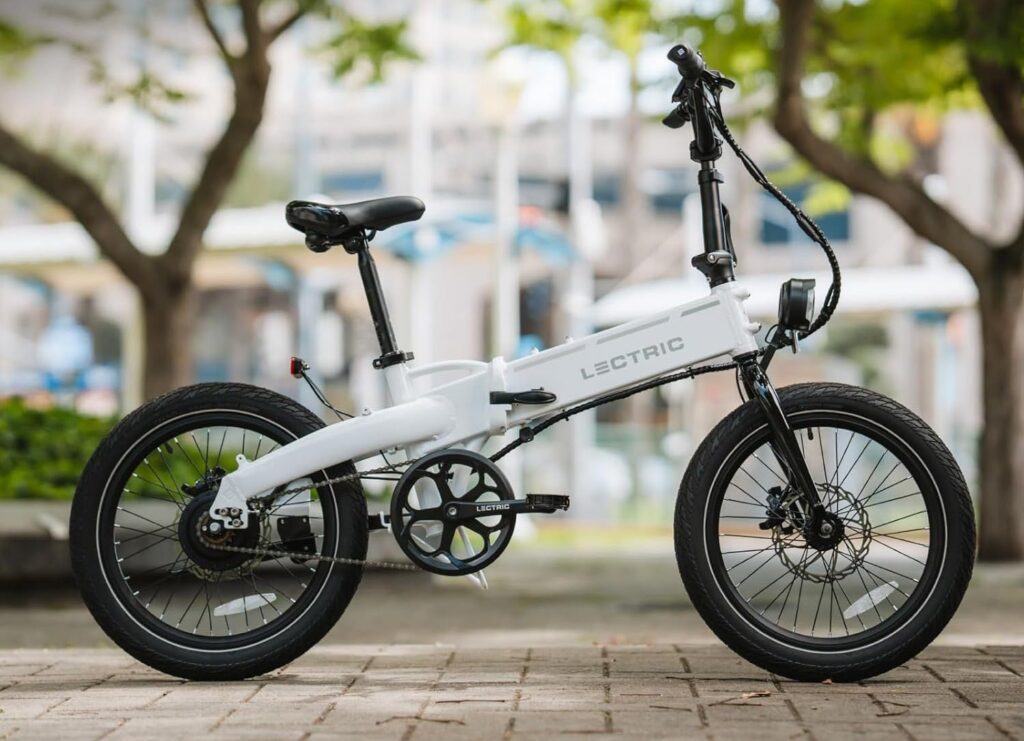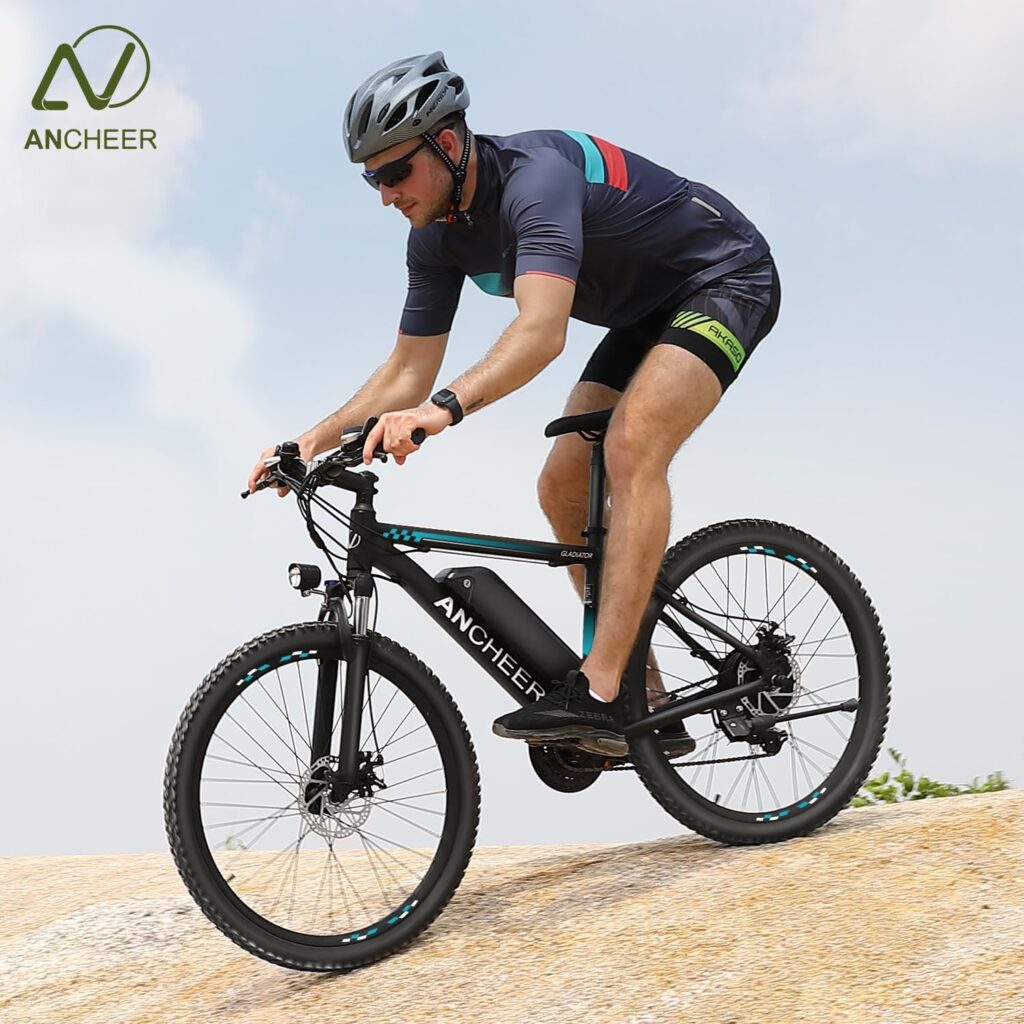Looking for an affordable electric mountain bike? I tested the ANCHEER Sunshine for 3 months through commuting and trail riding – here’s my unfiltered experience.
My 3-Month Journey with the ANCHEER Sunshine
After my old commuter bike finally gave out last winter, I needed something that could handle my daily 7-mile commute without breaking the bank. I’m no cycling expert – just a regular guy who needed reliable transportation that wouldn’t leave me sweaty before work.
The ANCHEER Sunshine electric mountain bike caught my eye mainly because of the price point (currently $279.99) and those surprisingly good reviews (4.3/5 stars from almost 2,000 people). Three months and roughly 450 miles later, I thought I’d share my honest experience for anyone considering this budget e-bike.
First Impressions & Assembly
The bike arrived about 85% assembled, which was a relief since I’m not particularly mechanically inclined. The box was massive but everything was well-protected.
Assembly took me about 45 minutes following the included instructions and their assembly video (worth watching before you start). You’ll need to attach the front wheel, handlebars, seat, and pedals. All tools were included, though I did use my own wrench for a couple of bolts that needed extra tightening.
Key Specs I’ve Actually Tested
- Motor: 500W brushless motor (peaks at 750W when climbing)
- Battery: Removable 48V/374Wh lithium-ion
- Range: Advertised as 22-55 miles per charge
- Top Speed: 22 MPH (which it actually reaches)
- Frame: Aluminum alloy (surprisingly sturdy for the price)
- Weight: About 50 pounds (heavy but manageable)
- Tires: 26″ x 2.1″
- Gears: 21-speed Shimano transmission
- Brakes: Front and rear disc brakes
- Max Load: 265 lbs (I’m 210 lbs and it handles my weight fine)
- Suspension: Front fork suspension (lockable)
- Recommended Rider Height: 5’2″-6’3″ (I’m 5’11” and it fits well)
Battery & Range: Realistic Expectations
ANCHEER claims 22-55 miles on a charge, but let’s get real – that completely depends on:
- How much you use the pedal assist vs. throttle
- Your weight
- The terrain you’re riding on
- Weather conditions (cold weather reduces battery efficiency)
In my testing, riding mostly on level 2 pedal assist with occasional throttle use:
- Commuting on flat roads: I get about 38-42 miles per charge
- Trail riding with hills: Range drops to about 25-28 miles
- Full throttle only: About 18-20 miles
The battery takes around 5-6 hours to fully charge. I like that it’s removable, so I can bring it inside to charge rather than lugging the whole bike up to my apartment.
Riding Experience: The Good & Not-So-Good
What I Like:
The bike offers four riding modes that I’ve found genuinely useful:
- Regular pedal mode: Rides like a normal mountain bike (though heavier)
- Pedal assist (5 levels): My favorite mode – provides power while you pedal
- Throttle mode: Pure electric power without pedaling
- Cruise control: Maintains a constant speed (activated by holding the “-” button)
The front suspension fork actually works surprisingly well for the price. It smooths out bumps on rough roads and can be locked for better efficiency on smooth surfaces.
Room for Improvement:
The seat that comes with the bike is uncomfortable for rides longer than 30 minutes. I replaced mine with a wider cushioned seat for about $25 on Amazon.
The LCD display works but isn’t particularly bright in direct sunlight. It shows your speed, battery level, pedal assist level, and mileage.
What About Hills?
This was my biggest concern living in a hilly area. The 750W peak motor handles moderate hills without much struggle when in pedal assist level 3-5. For steeper inclines, you’ll definitely need to help with pedaling.
From my experience:
- Gentle slopes (5-8% grade): Handles these easily
- Moderate hills (8-12% grade): Slows down but still climbs
- Steep hills (12%+ grade): Requires significant pedaling help
Durability After 3 Months
After about 450 miles of mixed riding:
- No issues with the motor or electrical components
- The frame has held up well despite some light off-road use
- Brakes needed minor adjustment after the first month
- Chain needed lubrication after about 300 miles
- The battery still holds about 90% of its original capacity
How It Compares to Other Budget E-Bikes
I test-rode a friend’s Lectric XP 2.0 (about $999)
before buying the ANCHEER. The Lectric definitely felt more polished with better components, but it costs over three times as much. For basic commuting and weekend rides, the ANCHEER offers about 70% of the experience at less than 30% of the price.
Compared to other sub-$500 e-bikes I researched, the ANCHEER stands out for its combination of decent range, solid motor power, and generally positive long-term reliability according to reviewers who’ve had theirs for years.
Ancheer Electric Mountain Bike Test & Review
Who This Bike Is (and Isn’t) For
This bike is great for:
- Budget-conscious riders
- Commuters with mostly flat routes under 15 miles each way
- Weekend recreational riders
- People new to e-bikes who aren’t ready to invest $1000+
This bike probably isn’t ideal for:
- People over 265 lbs (the stated weight limit)
- Serious mountain bikers wanting to tackle challenging trails
- Riders in very hilly areas
- Those wanting the latest features like integrated lights or hydraulic brakes
Practical Details Worth Knowing
- Shipping cost: Currently $220 (yikes!) with delivery in 2-3 days
- Warranty: One year on motor, battery and main parts
- Returns: Non-returnable due to hazardous materials regulations (the battery)
- Customer service: I had one question about adjusting the brakes and received a response within 24 hours
- Certification: UL 2849 Certified for electrical safety
- Water resistance: IP54 rated (can handle light rain but not submersion)
Final Thoughts: Is It Worth It?
For $279.99, the ANCHEER Sunshine delivers surprising value if your expectations are realistic. It’s not a premium e-bike and doesn’t pretend to be.
What’s impressed me most is how it’s affected my daily life – I drive my car less, arrive at work without being exhausted, and have started exploring local trails on weekends. For introducing someone to e-bikes without a massive investment, it’s hard to beat.
The biggest downsides are the shipping cost ($220 currently), the basic display, and some components that feel built to a price point. But considering similar e-bikes often start at $700-800, I can live with these compromises.
If you’re on the fence, I’d say go for it – just be prepared to possibly upgrade the seat and keep up with basic maintenance.
Overall rating: 4/5 stars – An excellent value entry-level e-bike with a few understandable compromises.
This post contains affiliate links. If you purchase through these links, I may earn a small commission at no additional cost to you.

